1920s: Men’s Etiquette, Fashion and Business
During the 1920s, men’s etiquette underwent a renaissance, adapting to the changing social landscape that demanded a blend of the traditional with the allure of modern sophistication. Business conduct, too, saw a paradigm shift as the burgeoning corporate world began to take shape, introducing new standards for professional interactions and attire. Meanwhile, barbershops transcended their role as mere places for grooming; they became vibrant community hubs, facilitating social engagement and the exchange of ideas, thereby playing a critical role in shaping the communal and individual identity.
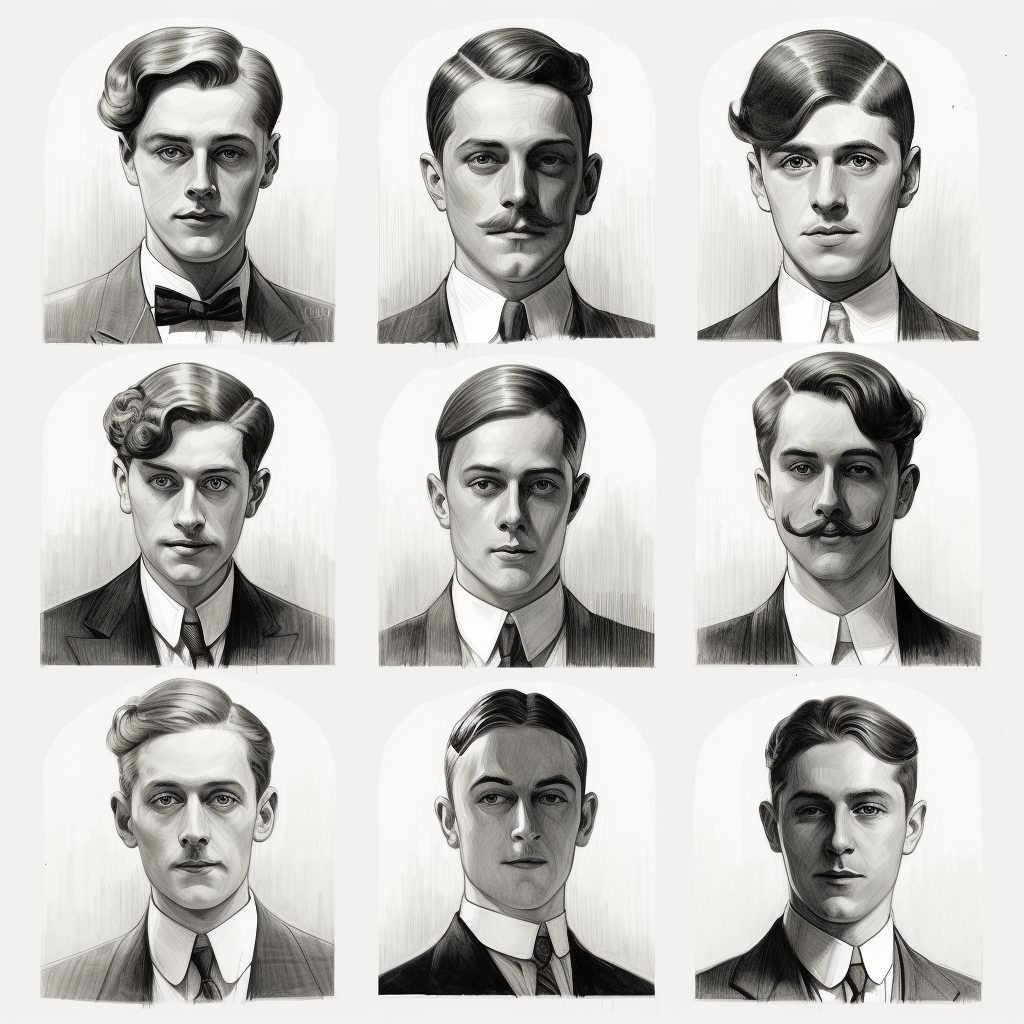
The “Roaring Twenties,” a term that evokes images of jazz-filled nights, unprecedented prosperity, and cultural revolution, stands as a testament to a period of significant transformation across the globe. It was a decade characterized by monumental shifts in the cultural fabric, economic structures, and social paradigms, deeply influencing men’s fashion, societal norms, and grooming practices. Emerging from the shadows of World War I, this era was marked by a palpable sense of relief and newfound optimism, fueled by an economic upswing that encouraged a break from traditional confines and the exploration of new freedoms.
Etiquette in the 1920s for Men
The 1920s heralded an era where the grandeur of tradition blended seamlessly with the vibrancy of modernism, significantly reshaping the contours of men’s etiquette. This transformative period emphasized manners, eloquence, and grooming, not merely as aspects of personal upkeep but as markers of one’s social standing and educational background. The decade’s ethos encouraged men to view etiquette as a mirror reflecting their position in the rapidly evolving social hierarchy.
The Role of Social Class
Social class played a pivotal role in the etiquette landscape of the 1920s. Upper-class men were the paragons of formal etiquette, their lives a tableau of tradition and the high standards befitting their social echelon. They adhered to strict codes of conduct that included formal dress for every occasion, the art of sophisticated conversation, and hosting lavish gatherings that adhered to the era’s most stringent etiquettes. Middle-class men, aspiring to elevate their social status, meticulously adopted these etiquettes as emblems of sophistication and ambition. In contrast, the working class, while respectful of these societal norms, adapted them to fit the realities of their everyday lives, fostering a more pragmatic approach to etiquette that balanced respectability with the demands of manual labor and less formal social interactions.
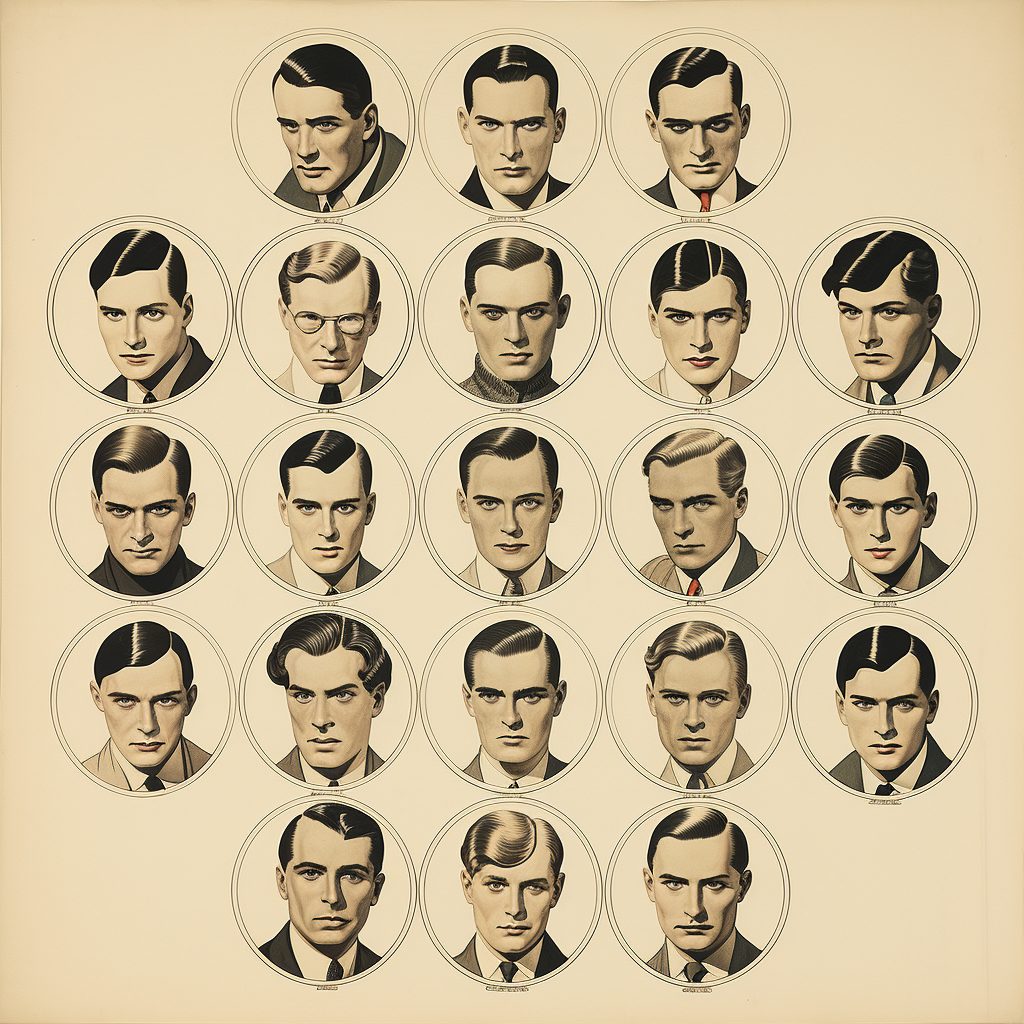
Etiquette Across Social Venues
The 1920s’ social etiquette shone across an array of venues, each reflecting the era’s zest for life and newfound freedoms. Speakeasies and jazz clubs, thriving under the shadow of Prohibition, became stages for a more relaxed but still respectful social etiquette. These settings, characterized by the thrilling pulse of jazz and the clandestine enjoyment of alcohol, dictated a decorum that balanced the era’s carefree spirit with an undercurrent of discretion and respect for the establishment’s rules. Meanwhile, the advent of dating introduced a new set of etiquettes centered around courtship and respect, signaling a shift from formal arranged meetings to more personal and romantic engagements.
Business Conduct in the 1920s
The economic prosperity of the 1920s gave rise to a modern corporate world, defining a new era of business etiquette that prioritized professionalism, punctuality, and a meticulous approach to attire.
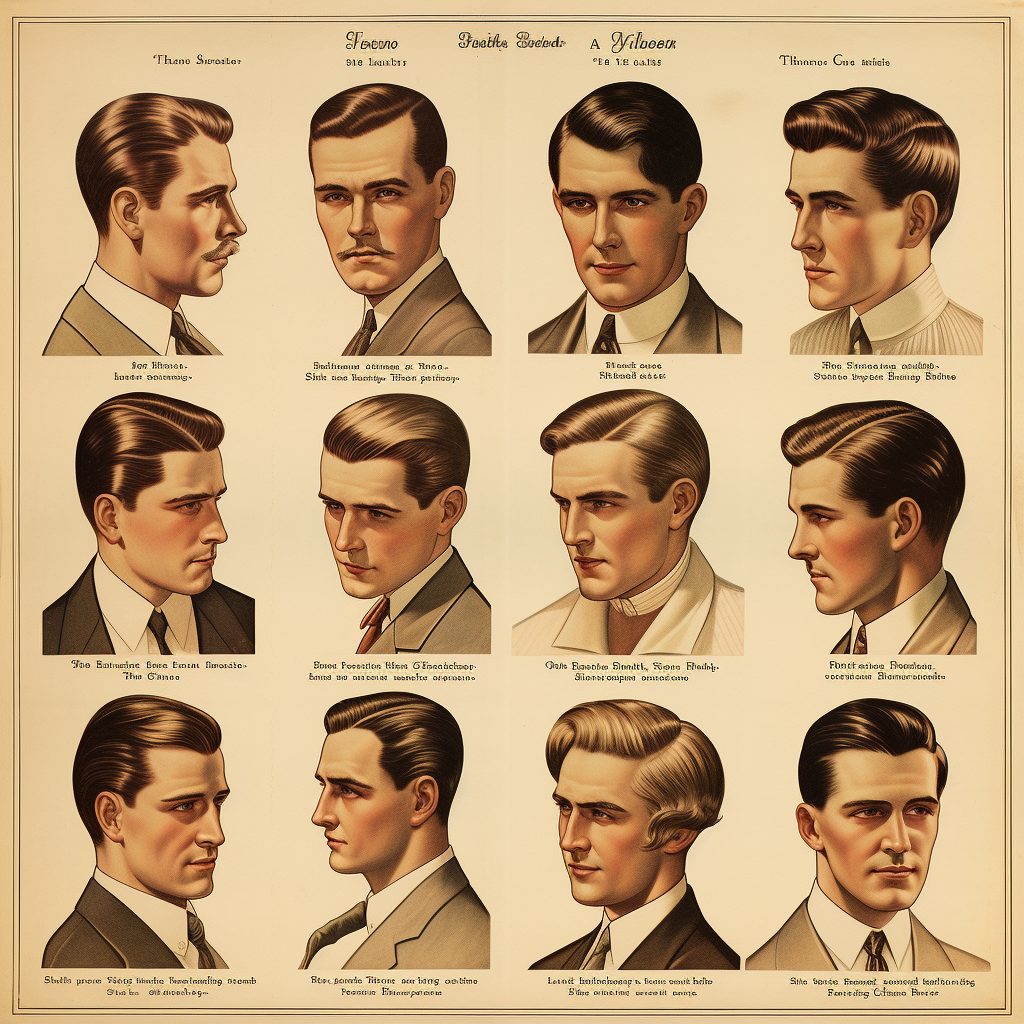
Influence of Class on Corporate Etiquette
The corporate etiquette of the 1920s was deeply influenced by social class. The emergent white-collar professional class, burgeoning from the economic expansion, adopted the business suit as a symbol of professionalism and ambition. This attire, often tailored and in muted colors, became a requisite for the office, signaling a man’s serious intent and his place within the professional world. On the other hand, blue-collar workers, integral to the nation’s industrial backbone, adhered to a more practical dress code that suited the physical nature of their work, though they too observed a form of etiquette that respected hierarchy and professionalism in their domains.
The Foundations of Professional Decorum
The 1920s were instrumental in laying the foundations of modern professional decorum. Formal introductions, the exchange of business cards as a sign of professional respect, structured correspondence, and an adherence to hierarchy within the burgeoning corporate and industrial landscapes became the norm. Meetings were conducted with a newfound sense of formality, reflecting the decade’s emphasis on structure and order within the professional realm. This period also saw the rise of the secretary as a gatekeeper to the business elite, further institutionalizing the importance of professional etiquette and the nuances of corporate interaction.
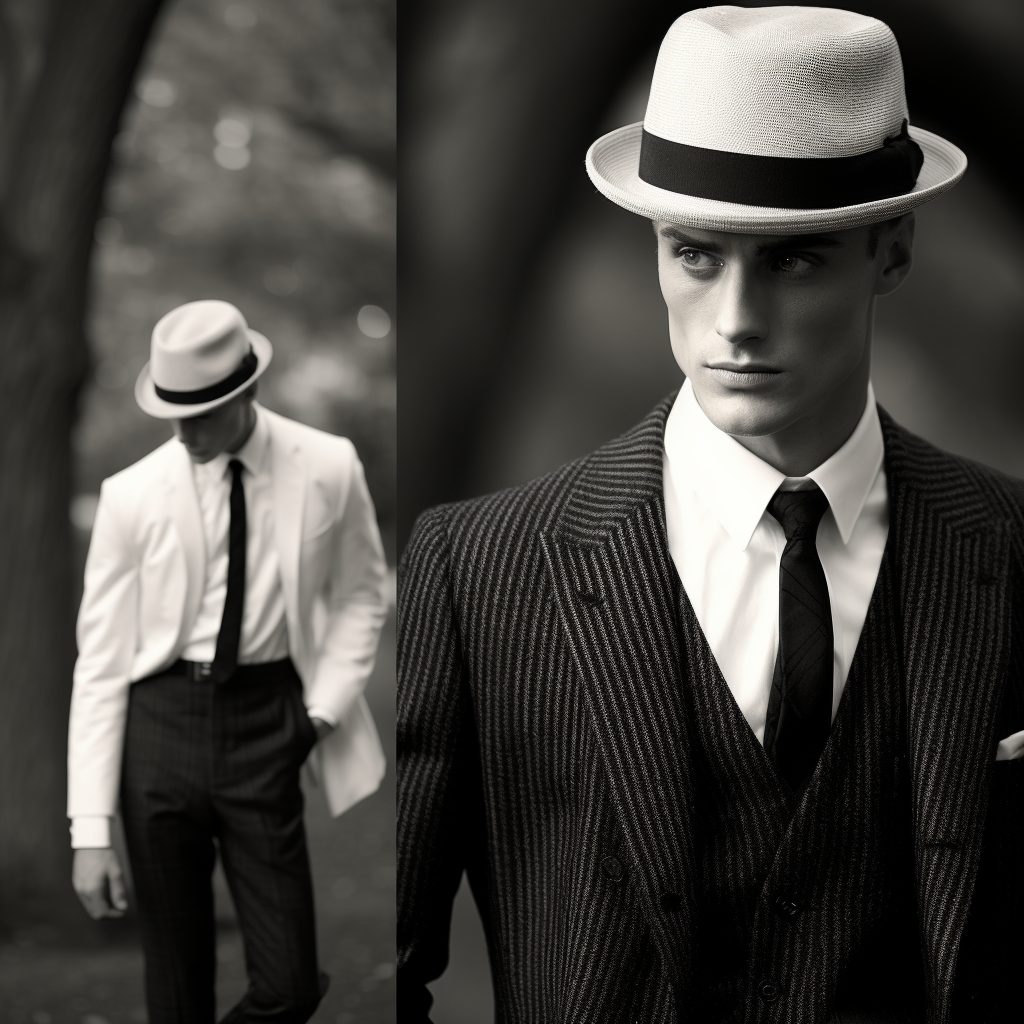
The 1920s, with their unique blend of tradition and innovation, established enduring benchmarks for men’s etiquette and business conduct. As society navigated the complexities of this era’s social and economic landscape, the principles of etiquette and professionalism became cornerstones of the modern man’s identity, laying the groundwork for the sophisticated interplay of manners, style, and professionalism that continues to influence the 21st century.
The Fashion Revolution of the 1920s
The 1920s heralded a seismic shift in the realm of men’s fashion, a period where the traditional mores of style were infused with an invigorating dose of modernist zeal. This decade, often characterized by its roaring prosperity and the aftermath of a world shaken by war, witnessed men’s fashion evolve to reflect a society in the throes of transformation. From the bustling streets of New York to the café-laden boulevards of Paris, 1920s men’s fashion attire spoke volumes of an era that dared to redefine elegance, sophistication, and the very essence of masculinity.
Daily and Formal Attire: 1920s Men’s Etiquette
The daily wear of the 1920s man broke from the stringent formality of previous years, embracing a more relaxed yet no less refined aesthetic. Trousers became looser, fabrics lighter, and the entire silhouette more comfortable, reflecting the decade’s shift towards a more leisurely lifestyle. Sports coats and blazers, often in bold checks or stripes, became staples for daytime events, allowing men to experiment with color and pattern in their wardrobes. The introduction of soft, collared shirts and the widespread adoption of the necktie added a touch of personal expression to everyday attire.
Evening wear, on the other hand, maintained its formal edge but was streamlined for a sleeker appearance. Tuxedos, essential for any formal event, were crafted in luxurious fabrics like silk and velvet, with a preference for darker shades that enhanced their elegant silhouette. The cummerbund and waistcoat were key accessories, alongside patent leather shoes, which together presented a picture of polished sophistication.
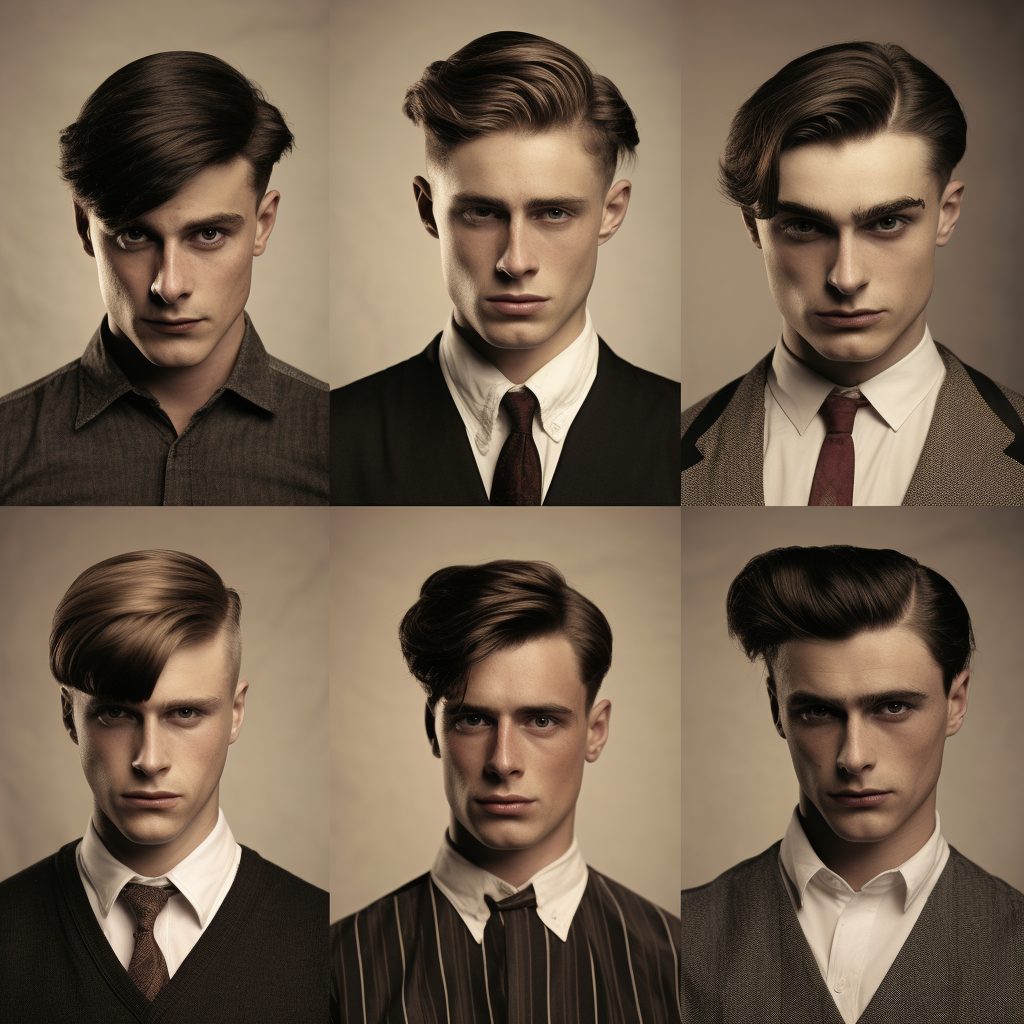
The Hairstyles of the 1920s: A Statement of Style
Hairstyles in the 1920s played a crucial role in a man’s presentation. The prevailing trend was for short, neatly combed hair, often parted to the side or the middle, and slicked down with pomade to achieve a glossy finish. This clean-cut look complemented the era’s refined attire, adding to the overall impression of polished elegance. For the younger, more rebellious crowd, the undercut became popular, providing a stark contrast between the short sides and the longer hair on top, which could be styled in various ways to suit the individual’s taste.
Fashion’s Class Divide: An In-Depth Analysis
The fashion of the 1920s was inextricably linked to the era’s social stratification, with distinct styles emerging across different social classes. The affluent, buoyed by post-war prosperity, indulged in the luxury of bespoke suits, custom shoes, and imported fabrics, marking their status with every meticulously chosen garment. This class had the means to embrace the latest trends, setting the fashion pace for the rest of society.
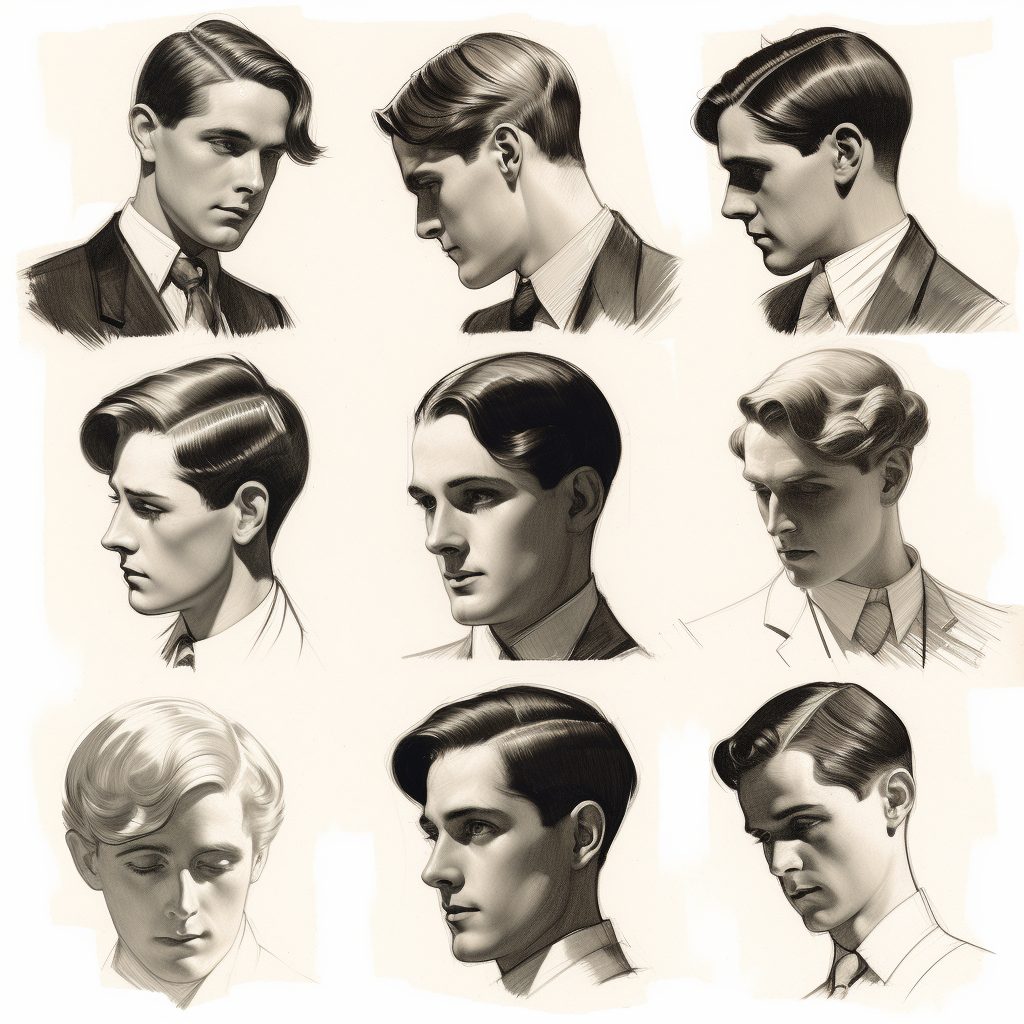
Conversely, the working class, while equally eager to present themselves stylishly, had to navigate these sartorial waters with more ingenuity. They adeptly mimicked the styles popularized by their wealthier counterparts, finding affordable alternatives that allowed them to participate in the fashion zeitgeist without the hefty price tag. This democratization of style contributed to a more homogeneous look across classes, though subtle differences in material and fit could still denote a garment’s economic origins.
The Lasting Impact of the 1920s Fashion Revolution
The fashion revolution of the 1920s was more than just a change in style; it was a reflection of the era’s broader cultural shifts. As society moved away from the rigidity of Victorian norms, men’s fashion became a canvas for expressing newfound freedoms, individualism, and a break from the past. This decade laid the groundwork for the evolution of modern menswear, proving that fashion is not just about clothing but about the expression of identity, class, and the spirit of the times. The 1920s remain a fascinating study in how style can encapsulate an era, influencing generations long after the decade has passed.
The Cultural Hub of Barbershops
The Cultural Hub of Barbershops in the 1920s: An Expanded View
In the 1920s, barbershops transcended their primary role of grooming establishments to become foundational pillars of community and culture. These spaces, often redolent with the smell of shaving cream and pomade, were more than mere venues for haircuts and shaves; they evolved into social sanctuaries where men from various walks of life could converge, engage, and foster a sense of belonging and fraternity.
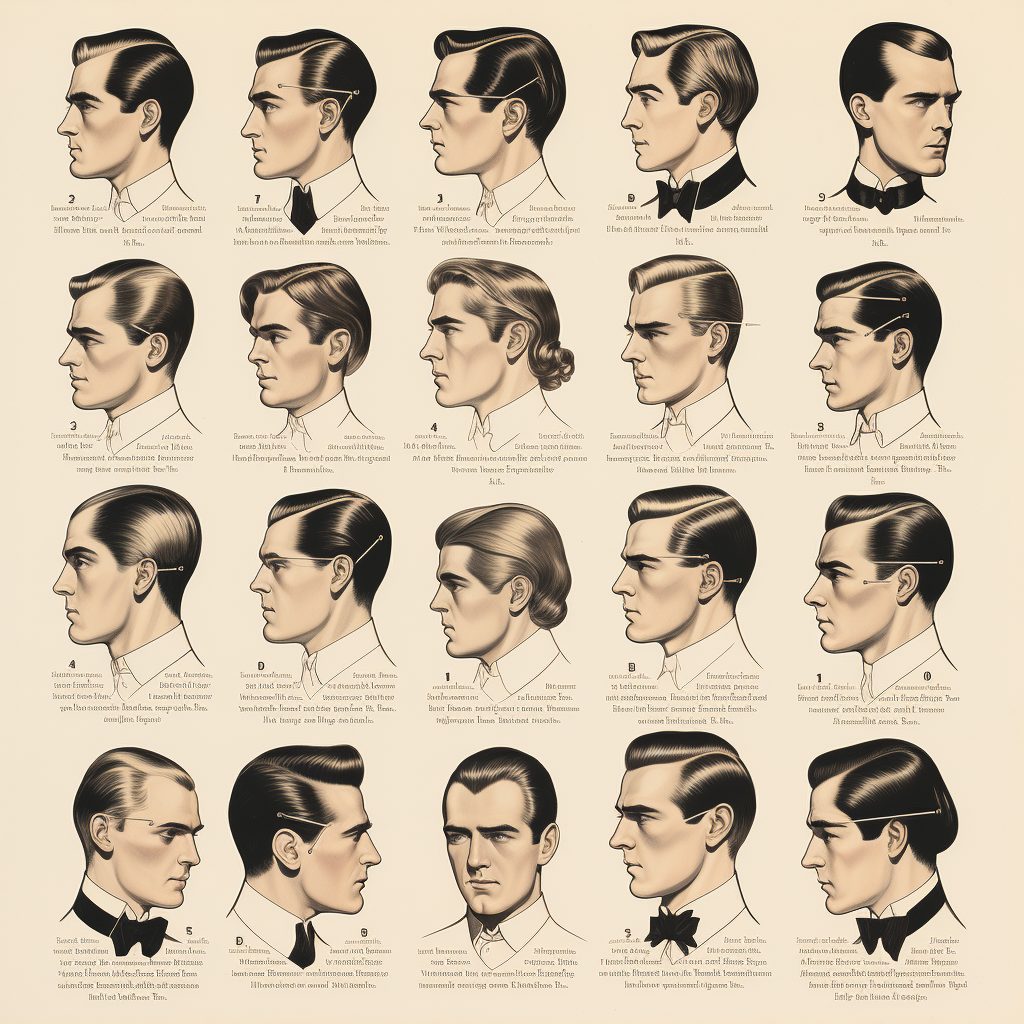
Grooming Trends and Community: A Deeper Dive
The 1920s were a time of significant evolution in men’s grooming practices, with barbershops at the forefront of this transformation. These establishments were the epicenters of the latest hair trends, from the slick, side-parted styles that dominated the early part of the decade to the more relaxed looks that emerged as the jazz age progressed. Barbers were not just stylists; they were confidants and trendsetters, advising their clientele on how to maintain their appearance with the newest products and techniques.
Barbershops also became venues for vibrant social interaction, encapsulating the era’s communal spirit. Men didn’t just visit for a quick trim; they came for the atmosphere, the conversation, and the sense of camaraderie that these spaces offered. Discussions ranged from the trivial to the profound, covering topics like politics, sports, and the rapid changes society was undergoing. In many ways, barbershops served as informal forums for public discourse, where opinions were shared, and community issues were debated.
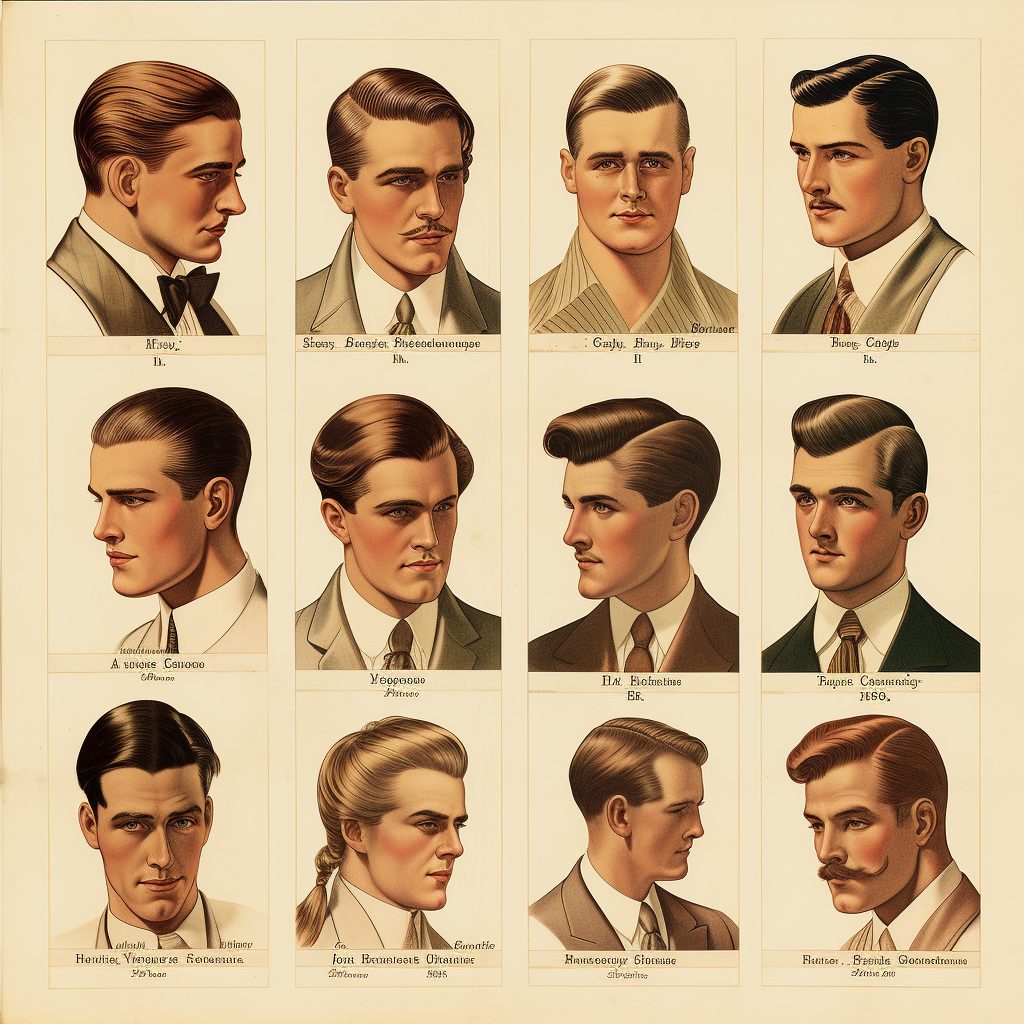
The Role of Barbershops Across Social Strata
The universality of the barbershop experience bridged social divides, making these spaces uniquely democratic. The wealthy businessman, the blue-collar worker, and the aspiring artist could all find common ground in the barber’s chair. This cross-section of society contributed to a rich tapestry of interaction and mutual understanding that was rare for the time.
Moreover, barbershops played a pivotal role in the cultural identity of African American communities. In the segregated society of the 1920s, Black-owned barbershops were not just places for grooming but vital cultural and economic centers. They were places where the African American community could gather safely, fostering a sense of pride and solidarity. These establishments were instrumental in shaping the cultural and social dynamics within Black neighborhoods, offering support and a space for communal uplift.
Barbershops and the Arts
The 1920s barbershop also intersected with the era’s burgeoning arts scene. Jazz musicians, artists, and writers often frequented these spaces, drawing inspiration from the lively discussions and the melting pot of ideas they encountered. Some barbershops even doubled as venues for impromptu performances and exhibitions, further cementing their role as cultural hubs.
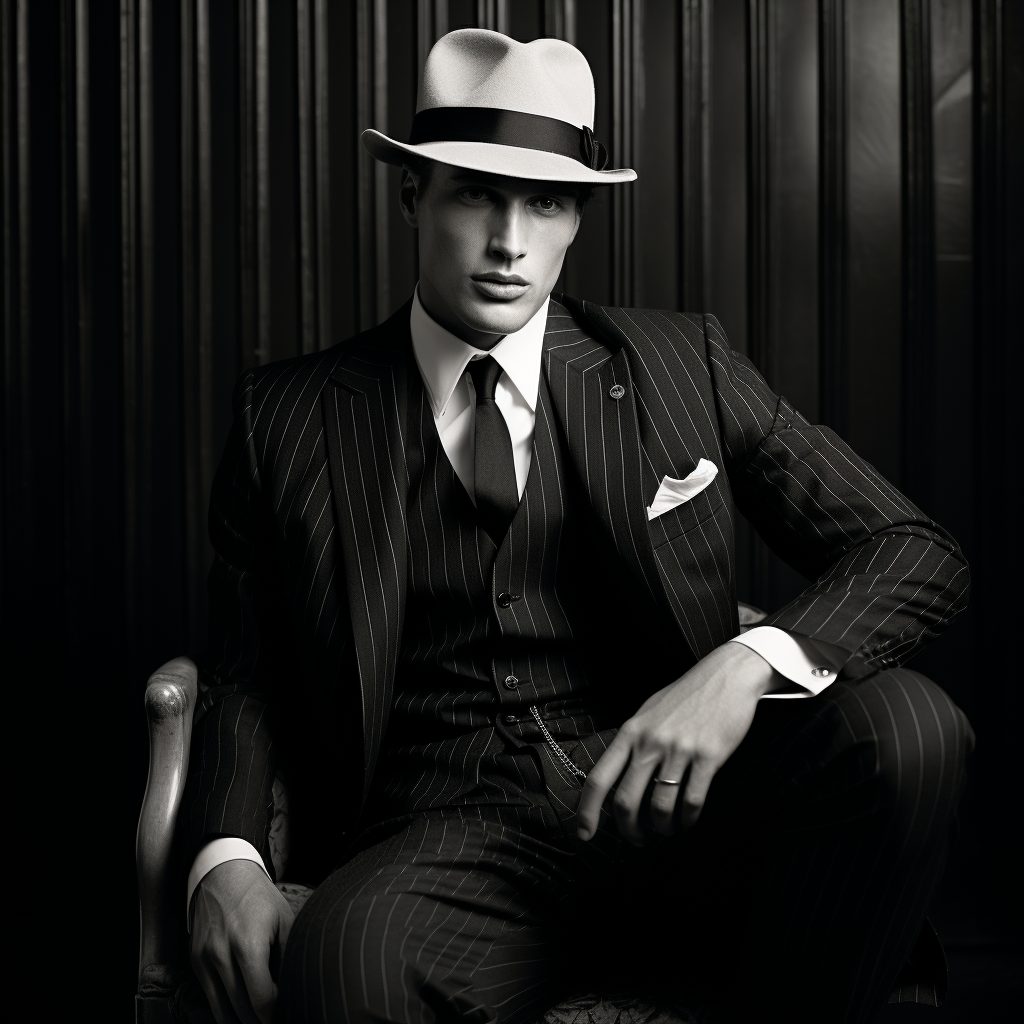
The Enduring Legacy of 1920s Barbershops and Men’s Etiquette
The barbershops of the 1920s were more than the sum of their services; they were sanctuaries of fellowship, debate, and cultural exchange. They stood as testaments to the power of communal spaces in shaping societal norms and fostering a sense of identity among men. The legacy of these establishments is not just in the grooming trends they set but in their contribution to the social and cultural fabric of the era. As we look back on the Roaring Twenties, the barbershop remains a symbol of the decade’s vibrancy, a place where the pulse of the community could be felt most acutely.
The 1920s profoundly influenced men’s etiquette, business manners, fashion sensibilities, and the communal essence of grooming practices, heralding a shift towards more relaxed yet refined aesthetics and behaviors. The legacy of this era continues to resonate, illuminating the perennial interplay between tradition and innovation, informed by societal transformations and economic advancements. The narrative of the 1920s remains a cornerstone for understanding the evolution of men’s roles, style, and communal engagement in the tapestry of modern life.